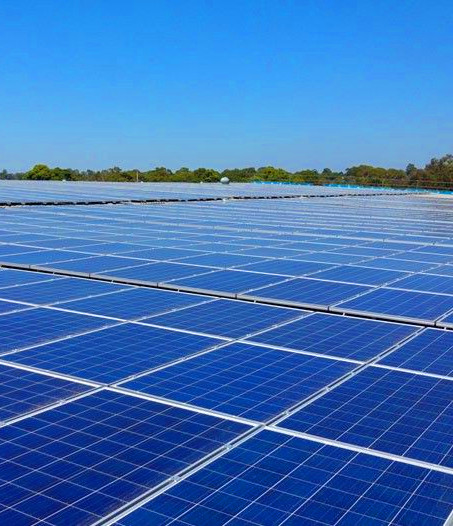Solar surge continues
 Australian households are embracing rooftop solar installations at an unprecedented rate.
Australian households are embracing rooftop solar installations at an unprecedented rate.
Analysts are predicting a near-record annual installation tally this year, with a staggering increase in small-scale solar systems seeing approximately 1.46 gigawatts of new solar capacity added by households and businesses in the first half of 2023.
This is a 20 per cent surge from the previous year, according to Green Energy Markets.
Notably, June alone saw an additional 250 megawatts of capacity installed, representing a 13.2 per cent rise compared to the same period in 2022.
Experts attribute this surge to the escalating electricity prices. With a potential 25 per cent increase in prices this month, Australia is on track to challenge its previous record of 3.2 gigawatts set in 2021.
Remarkably, Australia boasts the highest per-capita solar energy penetration globally, with nearly one in three households equipped with photovoltaic panels.
Even during winter, over a quarter of the electricity consumed in the eastern states is generated from rooftop installations during peak sunny days, as reported by the OpenNEM website.
While rooftop solar installations continue to thrive, large-scale solar farms face a sharp slowdown in new investments.
Approvals for utility-scale renewable projects have plummeted by about 75 per cent in Queensland, New South Wales, and Victoria since 2018.
The decrease can be attributed to supply chain challenges, delays in transmission projects, and insufficient backup storage capacity.
Additionally, existing solar farms are encountering curtailment issues, such as in western Victoria, where the grid's capacity to transport electricity falls short of generation capacity.
The Australian Energy Market Operator reports that average curtailment in the national electricity market rose by a third during the first quarter of 2023 compared to the previous year.
Experts say governments may have to focus on promoting rooftop solar adoption until grid connections improve and large-scale batteries become more affordable.
However, states such as South Australia and Victoria are gradually scaling back their support for home solar and batteries.








 Print
Print